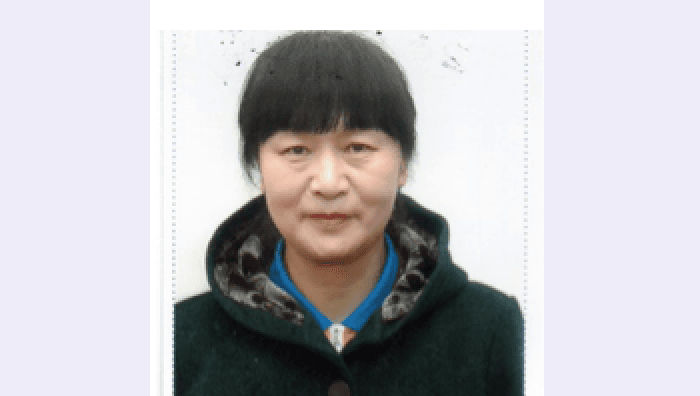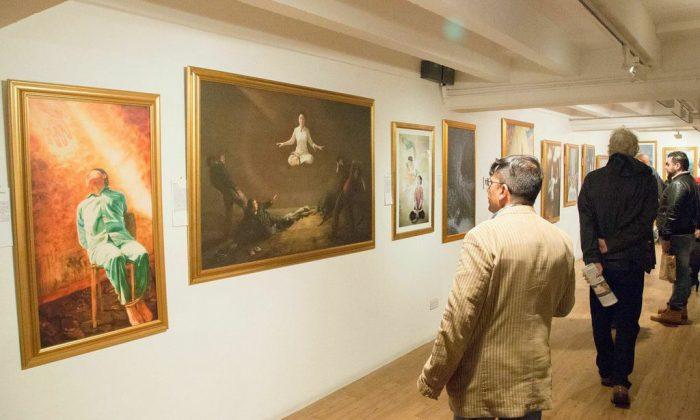Photo Radar cameras that use satellite tracking devices and license plate recognition technology are being tested in England.
Salter Road in Southwark, in southern London, and the A374 in Cornwall in the south of England have been used to pilot the new system.
The test details were given to the House of Commons Transport select committee by the developers, PIPS Technology, which has an office Hampshire, U.K., and whose world headquarters are in Knoxville, Tennesee.
Called “SpeedSpike,” the system calculates average speed between any two points in the network using global positioning technology.
The company gave a written response to the House of Commons Transport select committee in which it said the cameras enabled “[license] plate capture in all weather conditions, 24 hours a day.”
It also referred to the system’s “low cost” and ease of installation.
The system could be used to encourage drivers to use major thoroughfares, the letter said. Also, it could help to stop vehicles from driving on roads they are not supposed be on, and get people to slow down outside schools. It could also reduce the need for speed bumps.
The development of photo radar cameras and the large quantity of closed circuit TVs in the U.K. has raised concerns about expanding state surveillance.
The U.K. Home Office did not wish to comment on the trials, siting “commercial confidentiality” as the reason.
A spokesperson from the Royal Automobile Club Foundation, quoted by the BBC said, “Casualty figures show that injury and death still occur on roads where the speed limit is 30 mph or less.
“Unfortunately, in urban environments where pedestrians and cyclists are present, it is still difficult to get some drivers [to] understand why it is necessary to stick to the limit.
“There have been some excellent safety campaigns, which have influenced the driving styles of many drivers in built-up areas, but to change attitudes in the few who still want to drive at inappropriate speeds, cameras such as SpeedSpike have a role to play.”
Paul Watters, Automobile Association head of public affairs, also quoted by the BBC, said its members supported speed cameras but added, “We have some concerns about how far these systems extend along roads with many different speed limits impacting on a driver’s journey, how well drivers understand them, and how well the zones are signed.” The Automobile Association is responsible for insuring vehicles in the U.K.
“With new complex technology comes the risk of errors and so the government must issue clear guidance on how these systems should be used.”
RoadPeace, the U.K. national charity for road crash victims, lists the road deaths worldwide as just under 400,000 since Jan. 1, 2010.
Besides photo radar cameras as aids to safety, the charity suggests measures such as redesign of junctions. Tighter radar at major junctions, with cobbled areas for Heavey Goods Vehicles (HGVs) could help slow traffic.
PIPS Technology previously created the Spike Automatic Number Plate Recognition camera, which is used in the London congestion charging zone.
The company has 30 cameras in operation in the Midddle East and set up offices in the Dubai Airport free zone last year.
The Spike won the Queen’s Award for Innovation in 2005.
Salter Road in Southwark, in southern London, and the A374 in Cornwall in the south of England have been used to pilot the new system.
The test details were given to the House of Commons Transport select committee by the developers, PIPS Technology, which has an office Hampshire, U.K., and whose world headquarters are in Knoxville, Tennesee.
Called “SpeedSpike,” the system calculates average speed between any two points in the network using global positioning technology.
The company gave a written response to the House of Commons Transport select committee in which it said the cameras enabled “[license] plate capture in all weather conditions, 24 hours a day.”
It also referred to the system’s “low cost” and ease of installation.
The system could be used to encourage drivers to use major thoroughfares, the letter said. Also, it could help to stop vehicles from driving on roads they are not supposed be on, and get people to slow down outside schools. It could also reduce the need for speed bumps.
The development of photo radar cameras and the large quantity of closed circuit TVs in the U.K. has raised concerns about expanding state surveillance.
The U.K. Home Office did not wish to comment on the trials, siting “commercial confidentiality” as the reason.
A spokesperson from the Royal Automobile Club Foundation, quoted by the BBC said, “Casualty figures show that injury and death still occur on roads where the speed limit is 30 mph or less.
“Unfortunately, in urban environments where pedestrians and cyclists are present, it is still difficult to get some drivers [to] understand why it is necessary to stick to the limit.
“There have been some excellent safety campaigns, which have influenced the driving styles of many drivers in built-up areas, but to change attitudes in the few who still want to drive at inappropriate speeds, cameras such as SpeedSpike have a role to play.”
Paul Watters, Automobile Association head of public affairs, also quoted by the BBC, said its members supported speed cameras but added, “We have some concerns about how far these systems extend along roads with many different speed limits impacting on a driver’s journey, how well drivers understand them, and how well the zones are signed.” The Automobile Association is responsible for insuring vehicles in the U.K.
“With new complex technology comes the risk of errors and so the government must issue clear guidance on how these systems should be used.”
RoadPeace, the U.K. national charity for road crash victims, lists the road deaths worldwide as just under 400,000 since Jan. 1, 2010.
Besides photo radar cameras as aids to safety, the charity suggests measures such as redesign of junctions. Tighter radar at major junctions, with cobbled areas for Heavey Goods Vehicles (HGVs) could help slow traffic.
PIPS Technology previously created the Spike Automatic Number Plate Recognition camera, which is used in the London congestion charging zone.
The company has 30 cameras in operation in the Midddle East and set up offices in the Dubai Airport free zone last year.
The Spike won the Queen’s Award for Innovation in 2005.



